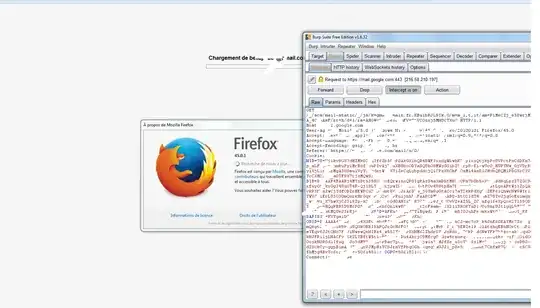The strongest possible way to encrypt data is to start with a threat model. What sort of adversary are you trying to protect your data from? What are they willing to do to get it? All reasonable approaches to cryptography start with one. If you start with one, you stand a chance of finding "the strongest" for your particular situation.
I recommend this approach because, as you start thinking about threat models and researching them, you'll start to realize that security is far more about the human element. Then you can worry about things like how you will secure your key.

source: https://xkcd.com/538/
Once you have decided whether you are trying to outwit a state actor while committing treason, or just merely trying to protect your diary from the prying eyes of your little sister, you can decide what the best algorithm is.
Failing that, go with the flow. Rather than finding out what is the "strongest" encryption, look for what is "recommend" by the security experts for someone who knows nothing of cryptography. Currently AES comes highly recommended. We're quite confident that nobody short of a state actor can break it, and we are reasonably confident that no state actor can break it either.
But better yet, don't look for encryption algortihms, look for tried and true packages which are recommended. The application of an algorithm is as important as the algorithm itself. Highly reputable implementations are worth their weight in gold.
